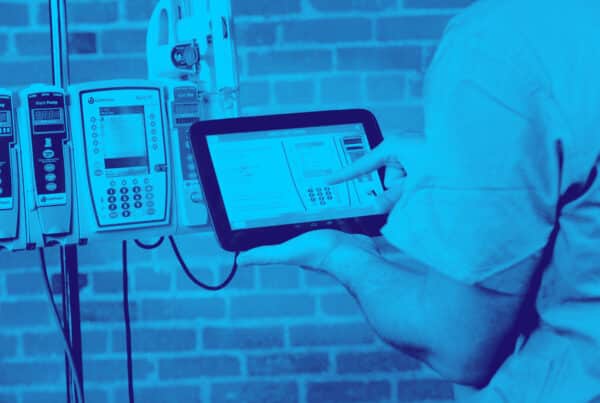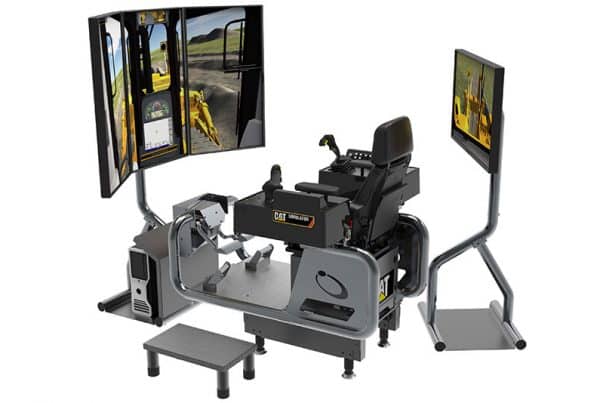Having hands-on experience in a new field is not usually obtainable for people unless they actually spend time in the field, working a specific job that provides experience in that realm. Simulation development is introducing students to activities they never could have participated in before without advanced training, giving them experience in a controlled classroom setting before allowing them to work with the real thing.
This is a benefit to bosses in charge of a large workforce, or for those who must work intensively in stressful or high-dexterity environments. Working with specialized equipment requires a sure hand, as does learning life-sustaining practices and managing dangerous procedures. Offering students of these fields the chance to practice in a simulation environment before dealing with a live subject can greatly increase their chances of success and reduce the likelihood of accident or injury.
Building better experiences
Having an entirely online training environment is desirable for companies in fields like construction because employees need to be able to handle difficult situations with prowess. This is not exclusive to the industry, but the tools and situations these workers deal with are such that they can benefit dramatically from such custom training software.
The National Broadband Network is working on a program now called the Construction Safety Training Simulator, which is aimed at making workers in the industry have better basic experience during job hunting quests. In a continuously stagnant hiring market, those in the construction industry understand that having the best training possible increases their likelihood of finding employment. Those already working understand that having these safety skills can help them and their employer by reducing personal and material damage during a build.
“As site safety is traditionally taught in the classroom, learners may get to apply safety principles through work placements, but they are often not sufficiently experienced in translating the theory learned into practice,” said Michael Young of the Department of Education.
Moving to mobile
The other benefit emerging in the simulation development field is the increasing number of mobile deployments. With more smartphones and tablets in the workplace, higher levels of remote connection and demand for bring-your-own-device (BYOD) programs ever on the rise, it makes sense for simulations to take this path as well. These kinds of deployments will enhance universal education for all employees, regardless of where they are.
The Herald Online wrote that some companies are looking into these programs as a way of bringing together diverse platform technology present in their BYOD structures. Right now, companies allowing employees to bring personal hardware to work they want need solutions that fit Android, iPad and other operating systems without paying for individual suites for each one. Custom training software can be engineered to meet this need, integrating even the online experience into a hybrid solution that fits any connecting device.
Organizations looking for this sort of flexibility and network interfacing should talk to CSE Software Inc about simulation development solutions that fit their needs and budget. Adding training programs that immerse participants in a specific environment similar to what they should expect during a regular day’s work is an invaluable opportunity, providing hands-on training without jeopardizing themselves or others. Once they are out in the field, they will be better prepared to handle equipment and situations that otherwise would require learning on the job with the possibility of a mishap.
Contact Stacey Burris at sburris@csesoftware.com or 1.309.670.7595 and ask for a simulation development demo today!



